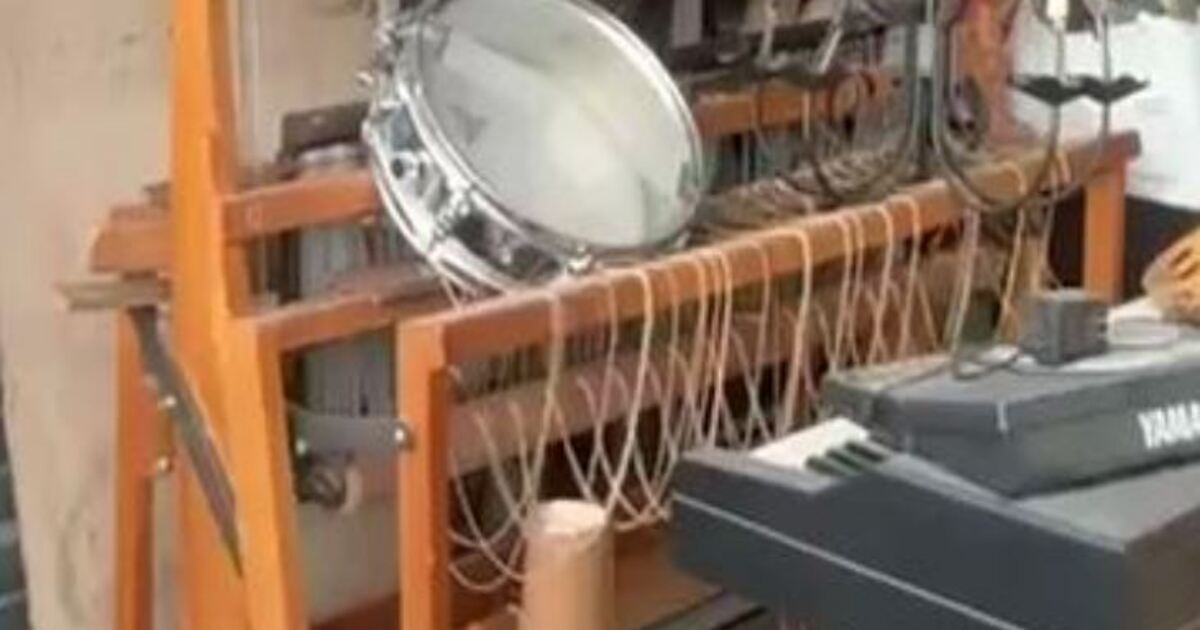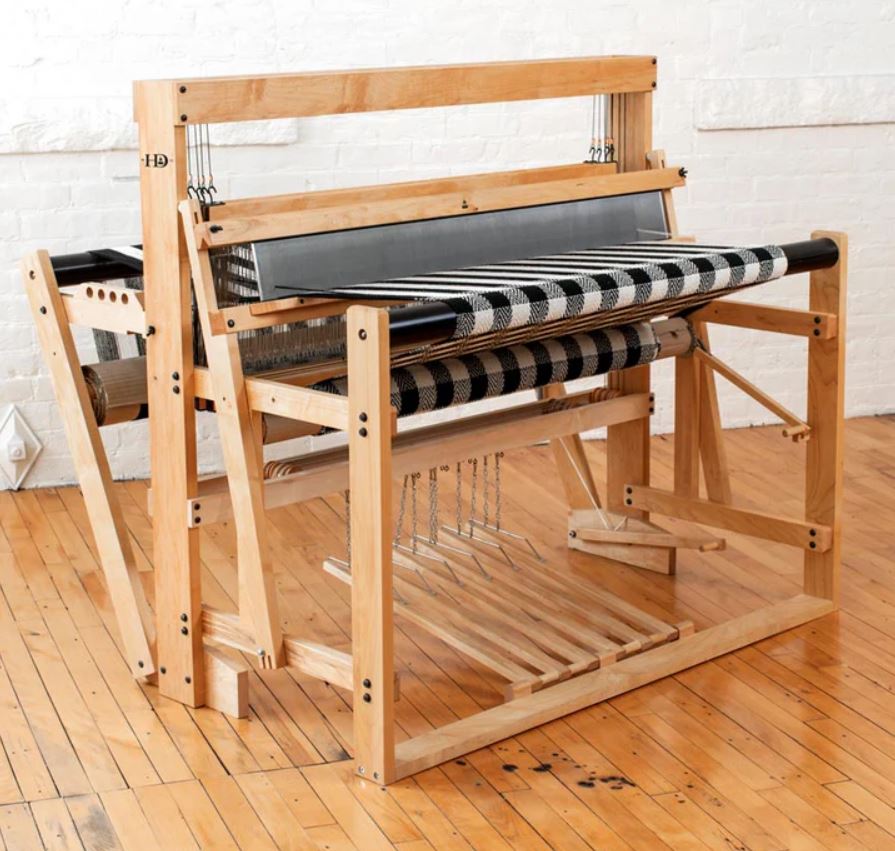It Looks Like Junk – Until You See It In Action

source: Reddit
Before the days of fast fashion, and industrial textiles, fabric was not produced by clicking a button, or using a conveyor belt. It was produced by skilled hands, foot movements, and the rhythmic chatter of a wooden loom. For many, the harness and treadle loom was more than just a tool. It was a part of home life, a creative outlet, and representation of self-sufficiency.
If you have ever seen a harness and treadle loom in your grandmother’s attic, or tucked away in an old barn, you know it is more than just a historical artifact. It is a captivating piece of history.
What Is a Harness and Treadle Loom?
A harness and treadle loom is, at its most basic, a floor loom for weaving cloth. The harness (sometimes referred to as shafts) determines the raised and lowered warp threads that form patterns. The treadles, (foot devices located underneath), determine which harness is raised. Essentially, this allows the weaver to easily insert the shuttle (which carries the weft) through the shed (the raised and lowered warp thread). While this may sound overwhelming and technical, for a weaver it is second nature.
A Fixture in Homes and Craft Spaces
In days past, harness and treadle looms were commonplace across households, especially in rural communities. Families would weave their own fabric for clothing, blankets, and even home décor. The loom was often stored in a sunny corner of the house so it could be useful and very much admired!
Weaving is not just practical, it is therapeutic! The rhythm of the treadles and the feeling of the yarn in-between your fingers was satisfying. Furthermore, the pleasure of seeing the pattern form row by row added to the enjoyment.
Many hobbyists today still search for that calm. There is an undeniable feeling of ‘ grounded’ when weaving on a harness and treadle loom. Such beautiful weavings have been made by many generations, when patience was very important and crafting was part of life.

Built to Last
It is perhaps one of the most important factors of these looms, that they are made to last. Constructed from solid wood, usually maple or oak, they were made to last for decades! The engineering is brilliant in its simplicity; it doesn’t require electricity, only your foot and your hands.
A little love and some oil, and many looms made decades ago will still operate beautifully! That is the beauty of old-world craftmanship.
A Comeback Through Craft Revival
In the last decade we have seen a shift in traditional craft practices, including weaving, spinning and quilting. Makers and artists are realizing the beauty of handcrafted and analog tools. Most of these people are at fiber festivals, weaving workshops, and online communities. They share stories about repairing their grandparents’ looms or buying secondhand looms to learn the craft!
The harness and treadle loom, once considered a relic, is now revered for its quiet elegance and timeless functionality. It is simply more than a tool. It is part of a conversation, living history and gives you a moment of pause in a fast-moving world.
A Nostalgic Touch in Modern Spaces
Even if you have never used a loom; a loom in your space is simply charming. It tells a story of resourcefulness, creativity and artistry. It reminds us of the time when making things by hand wasn’t just a hobby, it was what you did!
Some people repurpose looms as furniture, art installations or educational displays. Others lovingly rejuvenate them and carry on their family’s work and craft!
Final Threads
The harness and treadle loom is a lot more than just a machine for making fabric. It is, simply put, a symbol of the good old days. Those days when handwork mattered and the things you made were filled with purpose and soul. Regardless of whether you have woven a hundred rugs or have only admired a loom from a distance. The magic behind these beautiful machines is easy to see and admire.
If you have a loom gathering dust in your garage or see one at a flea market, do not pass it up. Give it a second look, a second life.